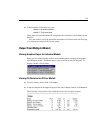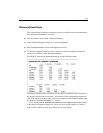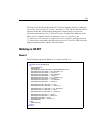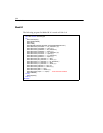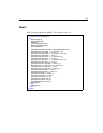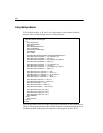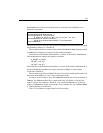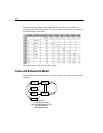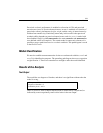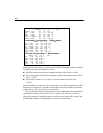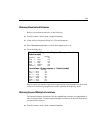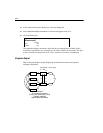
127
Exploratory Analysis
Sem.FitModel
line, will fit the model four times, each time with a different set of
parameter constraints:
The first line defines a version of the model called
Model A: No Autocorrelation in which
the parameter called cov1 is fixed at 0.
The second line defines a version of the model called
Model B: Most General in which
no additional constraints are imposed on the model parameters.
The third use of the Model method defines a version of the model called
Model C:
Time-Invariance
that imposes the equality constraints:
b_pow67 = b_pow71
var_a67 = var_a71
var_p67 = var_p71
The fourth use of the Model method defines a version of the model called Model D: A
and C Combined
that combines the single constraint of Model A with the three
constraints of Model C.
The last model specification (Model D) shows how earlier model specifications can
be used in the definition of a new, more constrained model.
In order to fit all models at once, the
FitAllModels method has to be used instead of
FitModel. The FitModel method fits a single model only. By default, it fits the first
model, which in this example is Model A. You could use FitModel(1) to fit the first
model, or FitModel(2) to fit the second model. You could also use, say, FitModel(“Model
C: Time-Invariance”)
to fit Model C.
Ex06–all.vb contains a program that fits all four models.
Sem.Model("Model A: No Autocorrelation", "cov1 = 0")
Sem.Model("Model B: Most General", "")
Sem.Model("Model C: Time-Invariance", _
"b_pow67 = b_pow71;var_a67 = var_a71;var_p67 = var_p71")
Sem.Model("Model D: A and C Combined", _
"Model A: No Autocorrelation;Model C: Time-Invariance")
Sem.FitAllModels()



